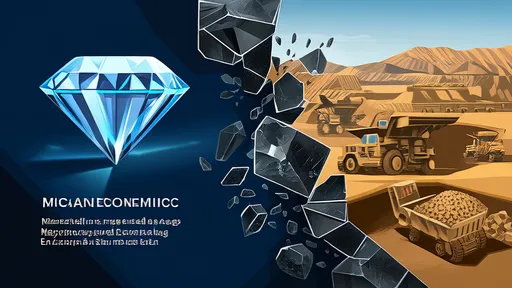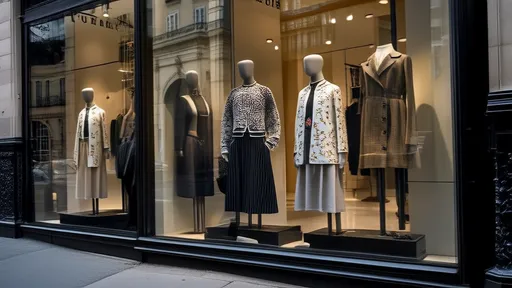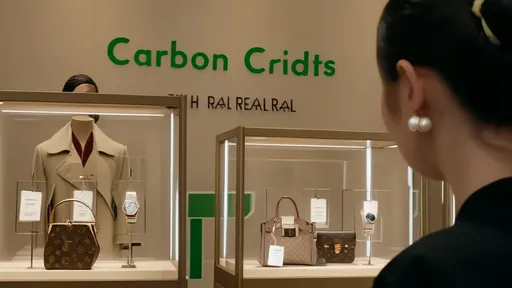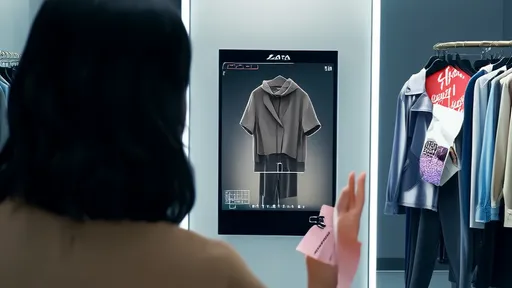The cobblestone streets of Milan’s historic district, usually alive with the rhythmic tapping of hammers and the faint scent of leather, have become the stage for an uprising. Hundreds of artisans—shoemakers, tailors, and leatherworkers—have taken to the streets, their chants echoing against the Renaissance-era facades. Their grievance? The encroaching shadow of artificial intelligence, which they fear will render their centuries-old crafts obsolete.
For generations, these artisans have been the backbone of Italian luxury, their hands shaping the materials that define haute couture. But now, whispers of "efficiency" and "innovation" have grown into a roar. Fashion houses, pressured by shareholders and the relentless pace of fast fashion, are increasingly turning to AI-driven design tools and automated production. A leaked memo from a major atelier revealed plans to replace 40% of its pattern-cutting staff with algorithmic systems by 2025. "They call it progress," spat Luca Ferrante, a third-generation shoemaker, gripping a hand-stitched loafer like a protest sign. "But what happens to the soul of fashion when machines replace the mistakes that make things human?"
The tension crystallized last week when protestors stormed the headquarters of the National Fashion Chamber, unfurling a banner that read "AI STAMPS BUT DOES NOT BREATHE" beneath its gilded balconies. Police in riot gear formed barricades as artisans hurled rolls of uncut fabric into the streets—a symbolic gesture against the disposability of digital design. Meanwhile, inside the building, executives debated the industry’s future over espresso. "Sustainability demands we reduce waste," argued a tech consultant, tapping a tablet displaying 3D-generated handbags. An elderly belt-maker in the audience stood abruptly, his voice trembling: "My scissors waste nothing but time—and time is what makes luxury."
What makes this rebellion unique is its target. Unlike traditional labor strikes demanding higher wages, these artisans wage a philosophical war. At a clandestine gathering in a shuttered silk mill, master embroiderers passed around a tablet showing AI-generated floral motifs. "Look," said one, zooming in on a pixel-perfect peony, "no thread snags, no uneven tension. It’s dead." Their fear isn’t just unemployment, but the erasure of what they call "the fingerprint of imperfection"—the subtle irregularities that authenticate human craftsmanship. A young designer who secretly joined the protests confessed: "The algorithms can mimic Vivienne Westwood’s cuts or Gattinari’s folds, but they’ll never accidentally invent something new while sleep-deprived at 3 AM."
The fashion establishment appears torn. While Milan Fashion Week’s organizers issued a statement praising "harmony between tradition and technology," backstage, models reported designers scrubbing AI-assisted tags from garments. Meanwhile, a viral video shows an octogenarian button-sewer teaching her trade to a robot arm—only to deliberately "malfunction" it into creating asymmetrical buttonholes. The act of sabotage garnered two million views and a flood of comments: "This is why we buy Italian," read the top reply. Even consumers are choosing sides; sales of hand-stitched gloves have spiked 210% since the protests began, while an AI-designed "virtual couture" collection was quietly pulled after backlash.
As the strike enters its third week, the cobblestones now bear traces of pigment and glue—the physical remnants of a dying art form fighting to stay visible. The artisans have begun leaving their tools in protest: a forest of shears, thimbles, and awls piles up outside the Duomo, each item tagged with the name of its owner and their years of training. "Fifteen thousand hours to learn this," reads one card beside a pair of bespoke tailoring scissors, "replaced by fifteen lines of code." At dusk, when the last sewing machine falls silent, the only sound is the whirring of a drone overhead—filming the scene for an AI-powered trend analysis report.

By /Jul 24, 2025

By /Jul 24, 2025

By /Jul 24, 2025

By /Jul 24, 2025

By /Jul 24, 2025

By /Jul 24, 2025

By /Jul 24, 2025

By /Jul 24, 2025

By /Jul 24, 2025

By /Jul 24, 2025

By /Jul 24, 2025

By /Jul 24, 2025

By /Jul 24, 2025

By /Jul 24, 2025

By /Jul 24, 2025

By /Jul 24, 2025

By /Jul 24, 2025

By /Jul 24, 2025